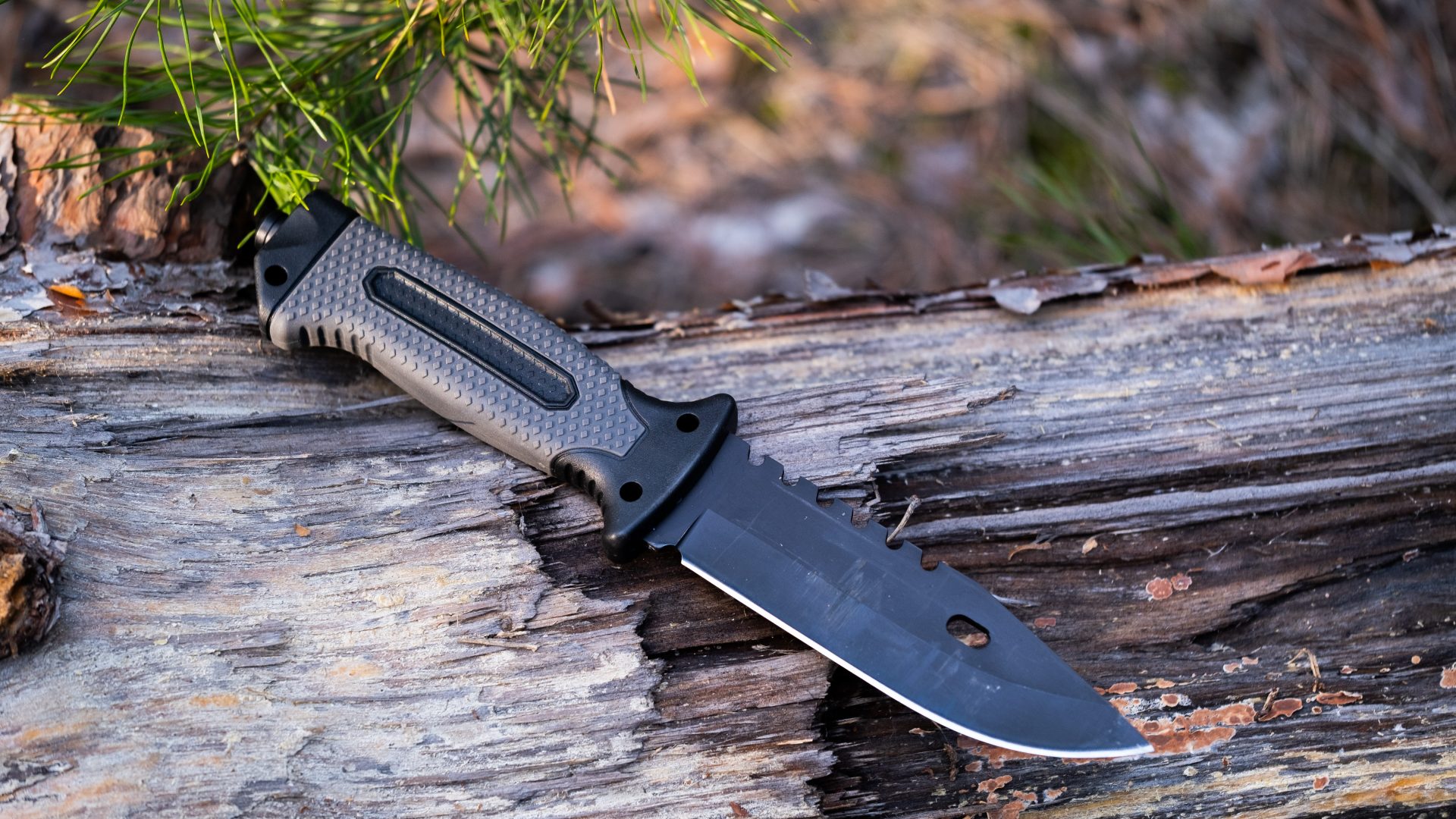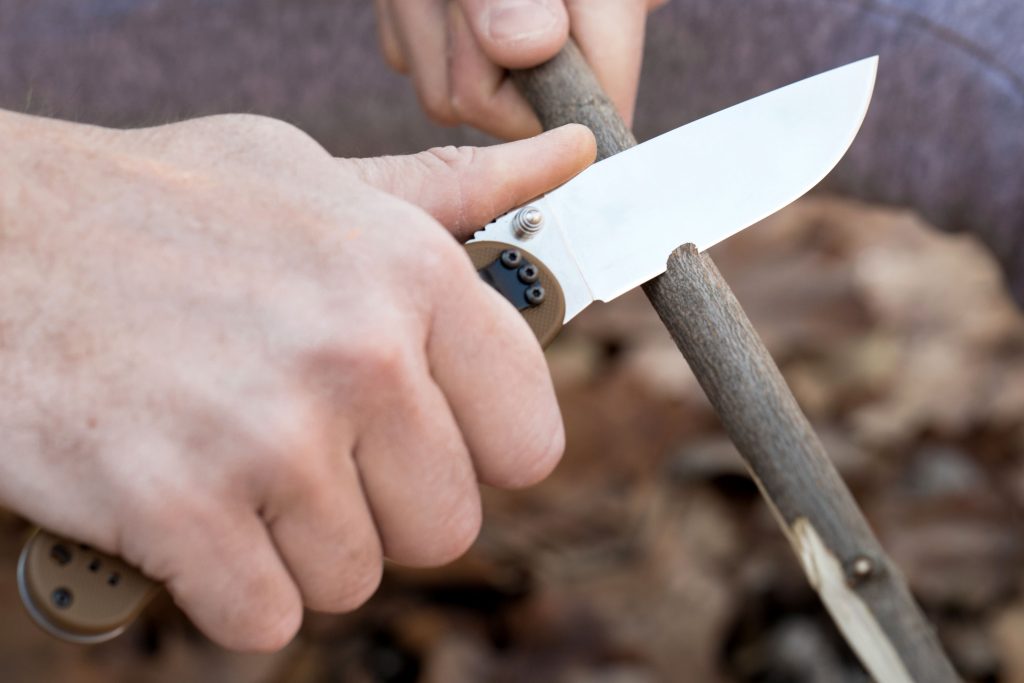
Whether you’re building a duty kit or a reliable backup, understanding the types of knives combat helps you pick the right tool the first time. Start with your mission, then match it to the blade type, geometry, and carry method that fit.
What it is: A full-tang, single-edge knife designed for strength, reliability, and control.
Choose when: You need a do-it-all blade for field tasks plus defensive roles.
Traits: 10–18 cm (4–7 in) blades, reinforced tips (e.g., tanto), textured G10/Micarta handles, low-glare finishes.
What it is: Symmetrical, double-edged blade optimized for thrusting in close quarters.
Choose when: Specialized contexts where legal; often restricted to own/carry.
Traits: Twin edges, narrow profile, acute tip; less utility for general cutting than a single-edge field knife.
What it is: A knife designed to mount to a rifle, often doubling as a field tool.
Choose when: Military platforms/collectors; not typical for EDC.
Traits: Mounting interface; some variants include sawbacks or utility features.
What it is: One-hand-opening folder for duty and utility tasks, easier to carry than large fixed blades.
Choose when: Daily tasks, backup role, broader carry compliance.
Traits: Strong locks, pocket clip carry, rapid deployment.
What it is: Compact fixed blades or micro-folders worn discreetly (neck sheath, boot, belt).
Choose when: Last-ditch backup or niche roles; legality varies by region.
Traits: Minimalist sheaths, ultralight packages, retention-focused designs.
What it is: Curved blade with a finger-ring for retention and hooking motions.
Choose when: Specialized training and controlled technique; limited general utility.
Traits: Pronounced curve, strong retention, high maneuverability in trained hands.
What it is: Knives integrating seatbelt/line cutters, glass breakers, and drivers for first response.
Choose when: EMS, vehicle egress, and preparedness kits.
Explore examples: Multi-functional Knives for rescue and first-response loadouts.

| Primary Need | Best Type | Why |
|---|---|---|
| Field + defensive balance | Fixed-blade combat/field | Maximum strength, simple maintenance |
| Close-quarters specialization (legal permitting) | Fighting dagger | Thrust-optimized geometry |
| Duty/EDC backup | Tactical folder | Pocketable, rapid one-hand deployment |
| Vehicle/EMS kits | Rescue / multi-functional | Cutters + breaker save critical seconds |
| Specialized retention/training | Karambit | Hooking motions + finger-ring retention |
| Rifle integration | Bayonet-knife | Platform-specific dual role |
Wipe dry → light oil on edge/pivot → quick touch-up on ceramic/rod → check sheath and clip screws monthly. This is what keeps any types of combat knives service-ready beyond the showroom.
Q1. Are “combat” knives different from “tactical” knives?
A. “Combat” emphasizes fighting/defense roles. “Tactical” is broader—duty and utility features for military/LE/first responders (and serious civilians). Many modern models can be both, depending on context.
Q2. Can I legally carry a double-edged dagger?
A. Often restricted or prohibited. Check local statutes before purchase or carry.
Q3. For a first combat-oriented knife, should I start with a fixed blade or a folder?
A. If you can legally carry it, a fixed blade offers superior strength and simplicity; otherwise a tactical folder is the most carry-compliant, general-purpose choice.
Q4. What handle materials are best with gloves or in rain?
A. G10/Micarta with traction texture are proven performers.
Choosing among the types of knives (combat) starts with mission and legality. Pick fixed-blade combat/field knives for maximum strength and versatile field tasks; choose tactical folders when daily carry and fast one-hand deployment matter; and add specialized options—fighting dagger, bayonet, karambit, neck/boot knives, and rescue/multi-functional tools—only when the job demands it. For durable, carryable, mission-ready setups, feature links to your fixed blades, folders, and multi-functional knives categories where they naturally fit.